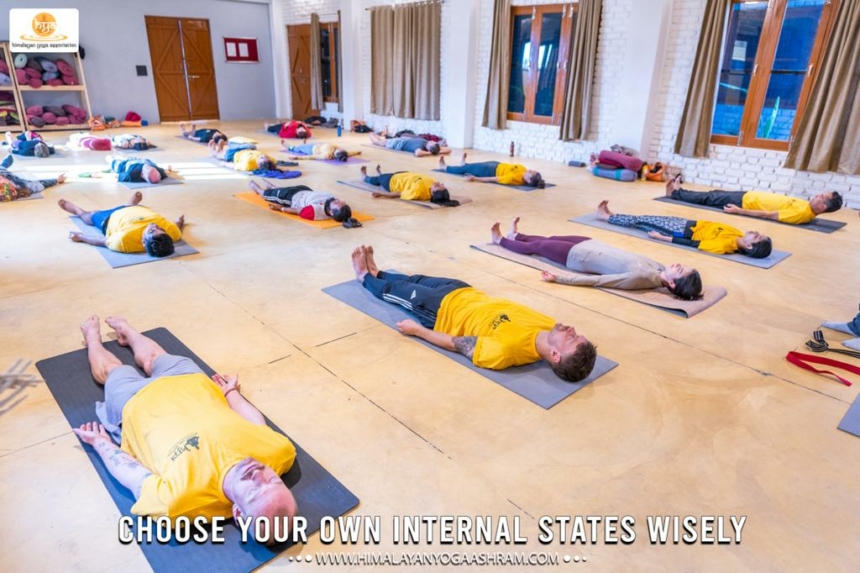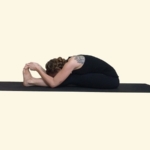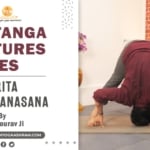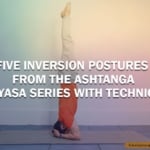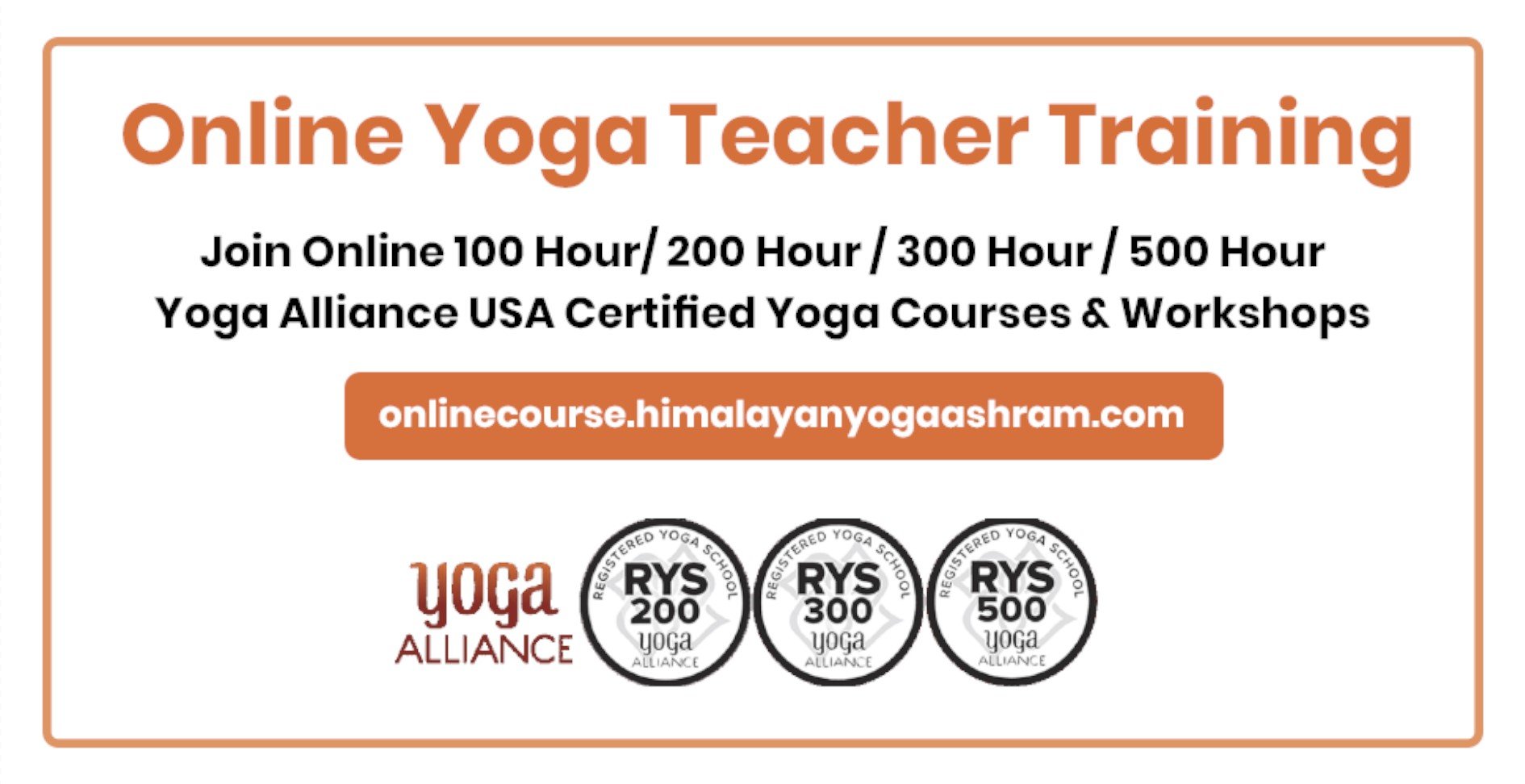Simple Yoga Asanas to Help You Sleep Better
By Himanshu JoshiYogaasana, yoga, yogic sleepOne of the easiest things you can do for better sleep is yoga asanas and meditations. The ancient practice is known to relax body and mind and help in releasing stress. It is easier to sleep well in relaxed state of mind than in a stressed one. According to several studies, practicing yoga asanas and meditations are beneficial in managing sleep problems such as insomnia. As per Sleep Foundation, Yoga can especially benefit particular groups of people with insomnia, such as postmenopausal women and women with breast cancer. Recent findings by Johns Hopkins University demonstrated better sleep among legally blind patients who participated in an eight-week yoga program. There are yoga poses that help you stay energetic throughout the day and then there are those that help you relax and release tension from muscles.
Here are some easy yoga asanas for people who follow a hectic schedule and aren’t able to find time for setting a relaxation routine. Of course, anyone can make it a part of his/her lifestyle. You can do these stretches anytime, anywhere at your convenience.
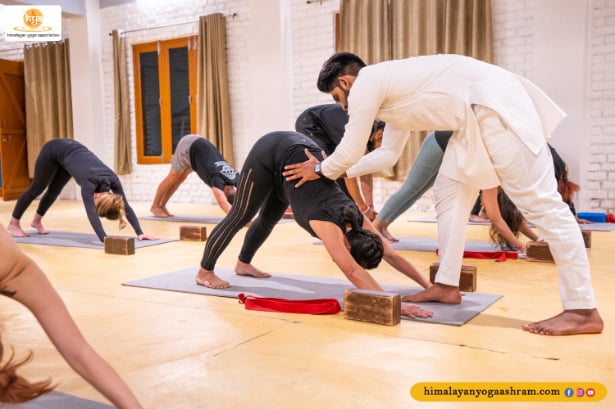
Uttanasana (Standing Forward Bend)
As we work round the clock, especially in sedentary jobs, stress accumulates in neck, shoulder, back, hips unknowingly and if this stress doesn’t find a proper release, we are unable to sleep or the sleep quality is poor. Uttanasana, also known as Standing Forward Bend, is an excellent stretch to release this tension from neck, back, spine, hamstrings, hips and calves which in turn also relaxes your mind. The stretch energises your nervous system and also helps in improving function of liver, kidney and spleen. Additionally, it also strengthens your knees, thighs and spine. It also stimulates the digestive organs and relieves symptoms of menopause.
Steps to perform Uttanasana
– Stand straight with your feet together (tadasana)
– Now put your hands on your hips
– Bend forward with your hip joint rather than your waist.
– Bring forward your upper body parallel to the floor
– In case your back is strained while doing this, you can rest your arms either on the floor or bend your knees a bit. The focus should be on bending from the hip joint.
– Touch the ground with your hands. Inhale and exhale
– If you are not able to touch the ground with your hands, cross your arms and let them be suspended in air.
– Allow the body to stretch properly and loosen the neck to release tension
– Come up gently while straightening the back first. Relax for a while and repeat.
Precautions of Uttanasana
– People with high or low blood pressure must avoid doing it or do it on advice of a health expert
– People with eye condition glaucoma aren’t advised to perform this
– People who have lower back or neck injuries should not be attempting this stretch
– If you have osteoporosis or scoliosis, you should avoid performing this Yogasana
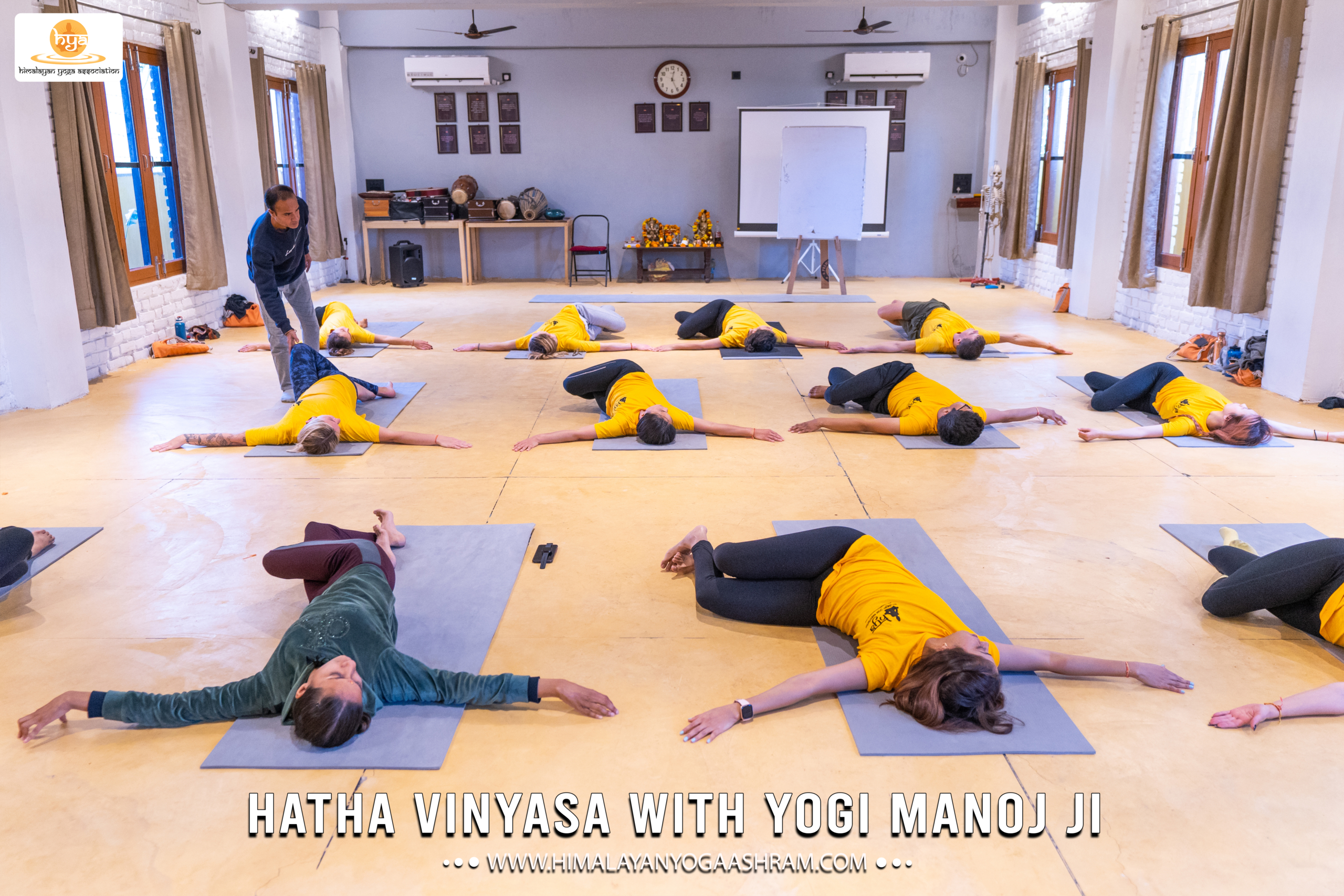
Supta Baddha Konasana (Reclining Bound Angle)
As you go about your day and interact with several people or spend a lot of time working on your computers, the mind not only gets over-active but also exhausted. While a good night’s sleep can relax and rejuvenate your brain, because of all this accumulated stress, we aren’t able to sleep well. Supta Baddha Konasana or Reclining Bound Angle is a good stretch to calm the mind and will help you sleep with ease. The stretch helps reduce stress on the nervous system and is a sleep inducer. The asana is known to be a restorative stretch and not just your mind, your body also feels energised. The pose also helps to improve blood circulation and excellent for heart health. The asana provides a good stretch to pelvic region, thighs, and also knees. It also works wonders for your mental health and helps treat mild depression, anxiety or tension.
Steps to perform Supta Baddha Konasana
– Lie on your back comfortably and relax your body
– Now bend your knees outwards bringing the soles of your feet together
– Let your knees stretch outwards wide apart
– Hold your feet with your hands- Place the hands under the feet to provide support and bring the heels as close to the pelvic area as possible
– Gently inhale and exhale and make the
– To come out of the stretch, extend your legs and relax. Roll on to your side and sit with the help of your hands
Precautions of Supta Baddha Konasana
– Do not practice Supta Baddha Konasana if you have a knee, lower back, shoulder, or hip injury.
– It is not advised for someone with sciatica pain
– Avoid performing this pose without blanket support.
– If you have lower-back disorders, you should do this asana only on advice and instructions of your Yoga trainer.
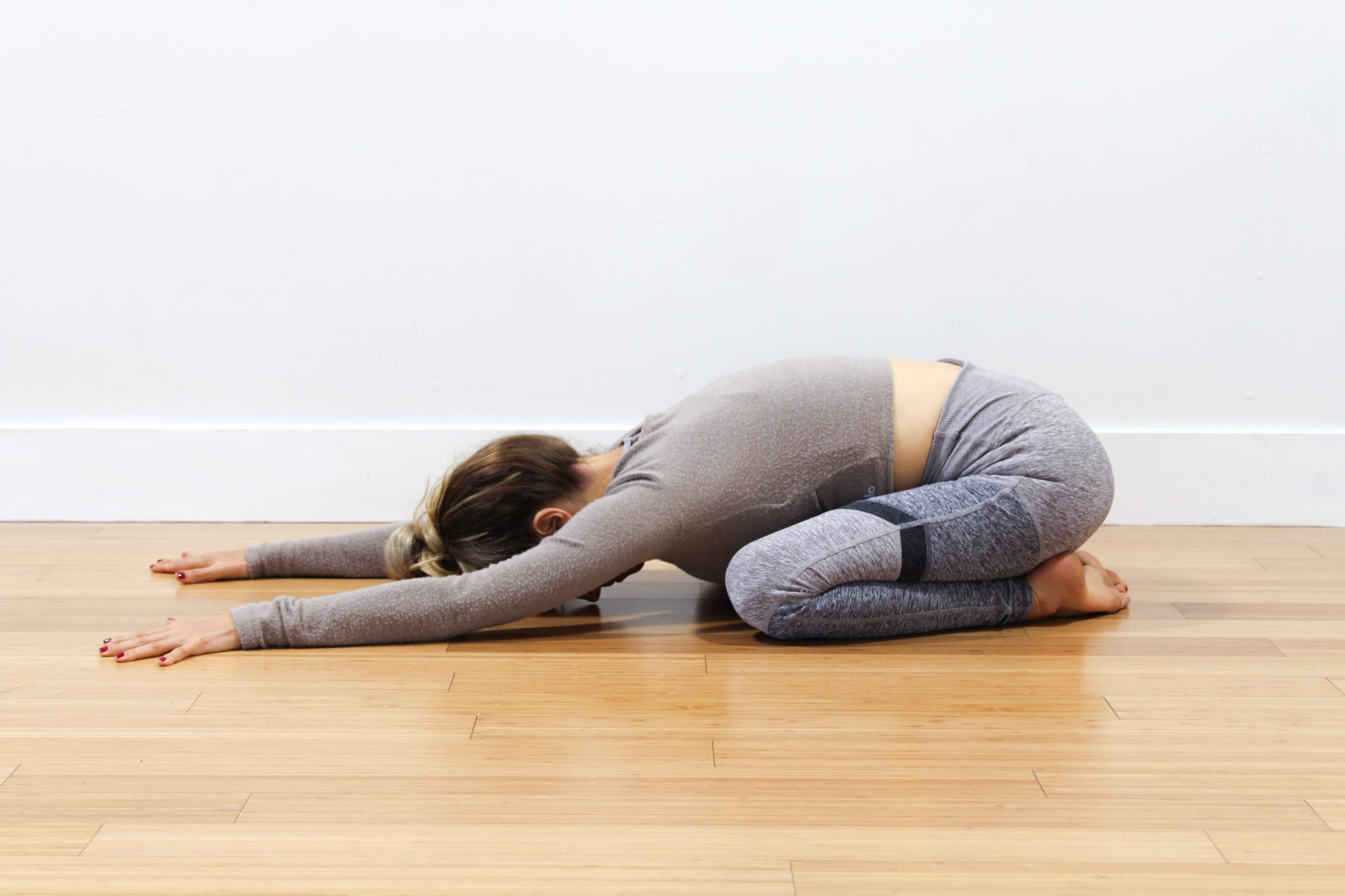
Balasana (Wide-Knee Child’s Pose)
Yoga before sleep is an excellent way to prepare your body for the next level of relaxation. Sleep and breathing have a deep connection. The better you breathe the better you sleep. Balasana or Wide-Knee Child’s Pose improves blood circulation and improves your breathing which in turn works wonders for your sleep quality. This asana is also known for improving your blood pressure. The stretch is also known to release tension from different parts of the body especially chest. A lot of stress tends to get accumulated even when we do not realise it while working in shoulders and neck. The asana releases this stress easily. It also helps release stress, anxiety and boost your overall mental well-being. If you are suffering from chronic fatigue, Balasana can help improve your symptoms.
Steps to perform Balasana
– Begin with sitting comfortably. Then shift to your heels placing your hips on them
– Bend forward gently and bring your forehead to the floor
– Your arms can be kept alongside the body on the floor with palms facing upwards
– Press your chest on your thighs gently and hold this pose for a while
– Move back your upper body slowly and come out of the asana.
Precautions of Balasana
– Do not attempt this stretch in case you are suffering from back or knee injuries.
– Pregnant women should avoid this pose and take advice of a health expert.
– This pose shouldn’t be performed if one is suffering from diarrhea or recently recovered from it.
– If you have low blood pressure, you should not be doing this stretch
– People suffering from ear or eye infections must avoid this pose
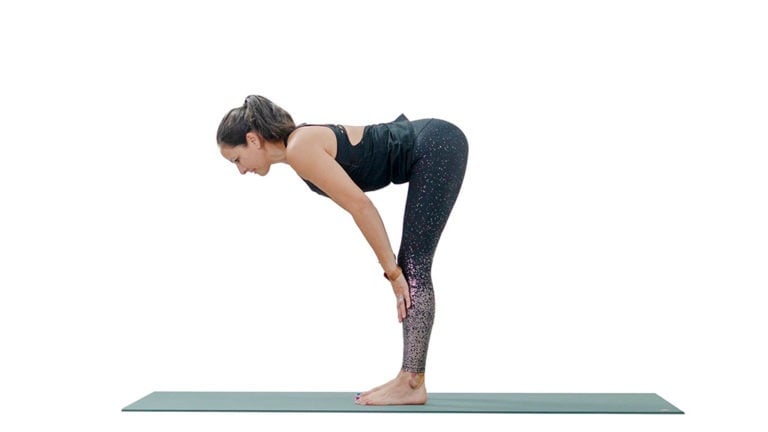
Ardha Uttanasana (Standing Half Forward Bend)
Leading a sedentary lifestyle, we often adopt unhealthy practices that play havoc with our bones and muscles health. Sitting all day can tighten up your body and you will realise that your neck is stiffer, shoulders, hips and chest are strained. This could lead to accumulation of stress in your muscles and when you go to your bed, you won’t be able to sleep with ease. Ardha Uttanasana or Standing Half Forward Bend works on your strained muscles and help give a good stretch to hamstring, calves, spine and hips. As the tension from your muscles is released, the mind is calmed and the breath improves. The stretch works well for only for those with sleep issues but also with high blood pressure issues. Ardha Uttanasana is also good for relieving asthma symptoms.
Steps to perform Ardha Uttanasana
– Stand straight in Tadasana keeping your spine straight
– Bring your arms overhead and look at your thumb tip
– Bend forward from your lower back and assume a tabletop position
– Now lift your upper body and bring it parallel to the floor
– Neck should be straight and eyes must be looking at the floor
– Maintain the position for as long as you are comfortable
Precautions of Ardha Uttanasana
– Ardha Uttanasana should be avoided by people with hamstring and lower back injuries.
– People who have weak ankles, knees, and wrists must avoid this pose
– Elderly should not do this pose
– Pregnant women must avoid doing this stretch
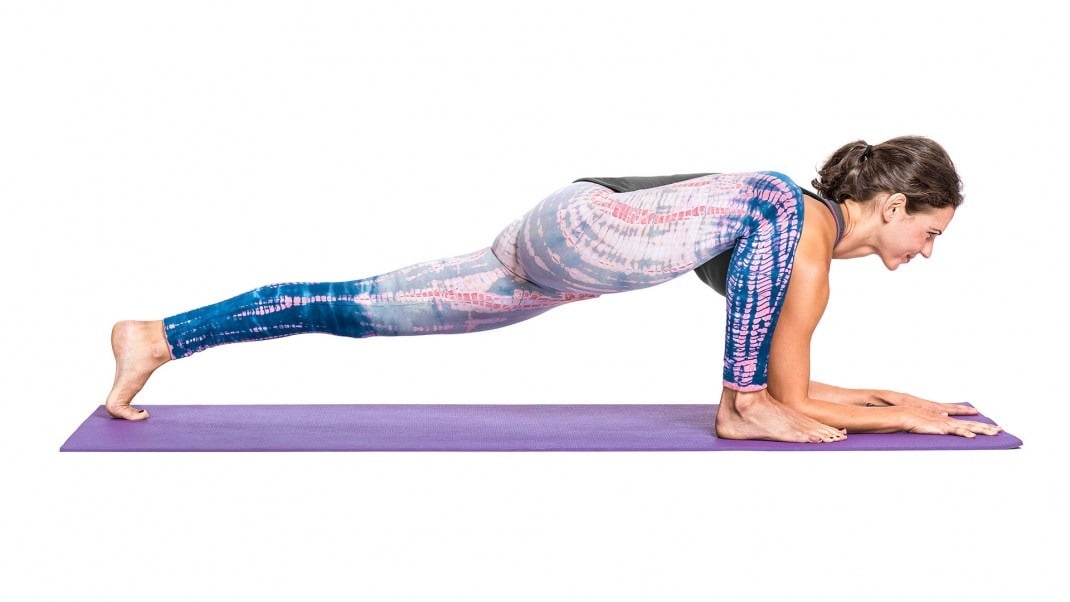
Utthan Pristhasana (Lizard Pose)
Preparation for a good night’s sleep begins with an intense relaxation routine and Utthan Pristhasana helps you do exactly that. The strech helps relax chest, neck and shoulders and provide deep relaxation to the brain. Utthan Pristhasana is made up of three words in Sanskrit ‘utthan’ (stretch deep), ‘pristha’ (back of the body) and ‘asana’ (posture). It’s an intermediate as well as advanced level posture. Utthan Pristhasana is also called as Lizard pose as while practicing this body resembles the shape of a lizard. This asana is a deep hip opener. It brings great flexibility in the back and strengthens and shoulders. Perfect for people with sedentary jobs, it helps releasing tension from back and neck.
Steps to perform Utthan Pristhasana
– Start with Adho Mukha Svanasana or Downward facing dog pose.
– Place your right foot towards the outer corner of your hands. Extend your foot a little wider than your shoulders
– Place your elbows down on the floor and interlock your fingers. Stay in this position.
– Bring back your leg to downward facing dog and relax in child’s pose
– Repeat the pose with your other leg.
Precautions of Utthan Pristhasana
– Avoid the stretch if you have injury in knee or hips.
– If your shoulders are weak or you suffer from chronic shoulder pain, it’s best to take advice from your Yoga trainer.
– The stretch must be avoided if you have severe lower back pain.
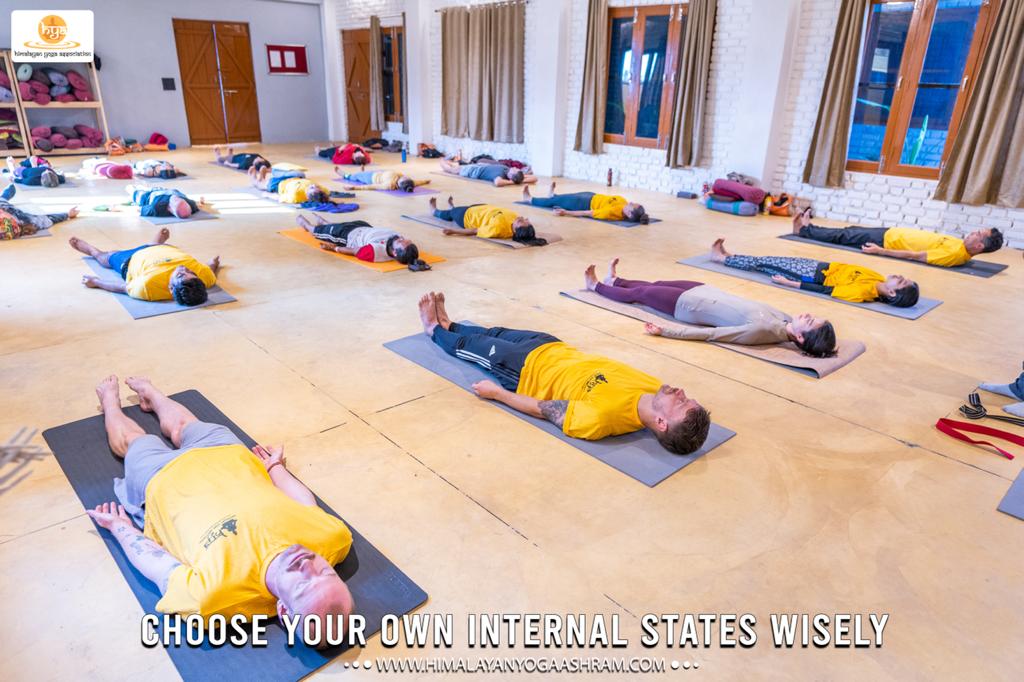
Meditation for sleep
The unabated gush of thoughts often doesn’t let you fall asleep. It is therefore necessary to put mind to rest. Inner peace is one of the pre-requisites for good night’s sleep. Apart from the stretches suggested above, meditation immensely helps in getting good sleep. Meditation brings ease to body and mind, and has calming effect. Regular practice of meditation brings a lot of benefits. Instead of expecting a unique or special experience, you just need to be in comfortable position and watch your thoughts. In few minutes, its intensity weakens and restlessness gradually disappears making the condition ideal for sleep. So, combining stretches with meditation can multiply the sleep benefits — improving the ability to think, solve problems wisely, gel better with others and lead more satisfying life.

